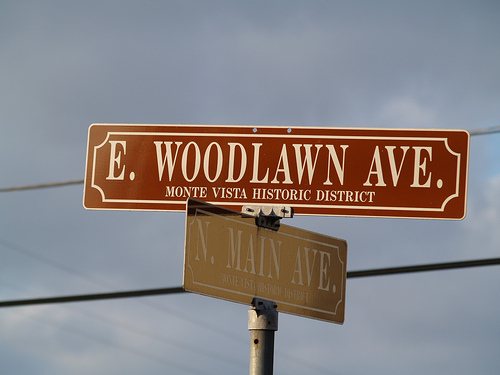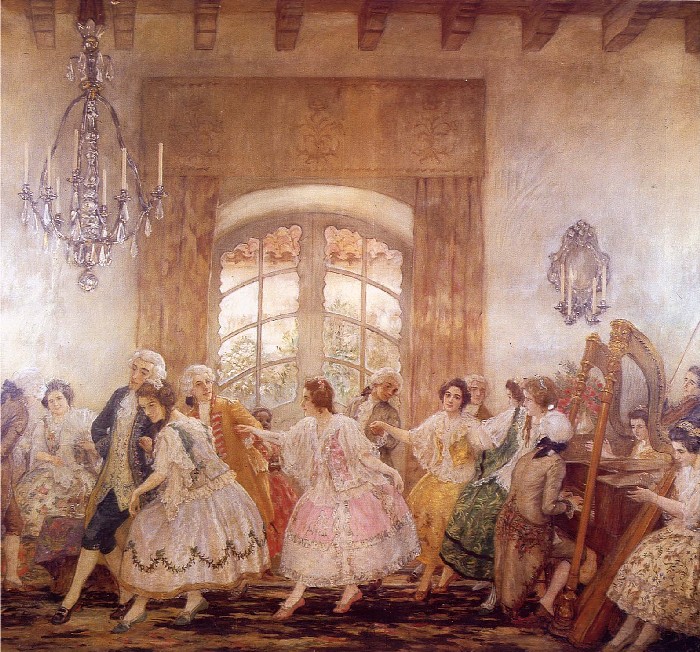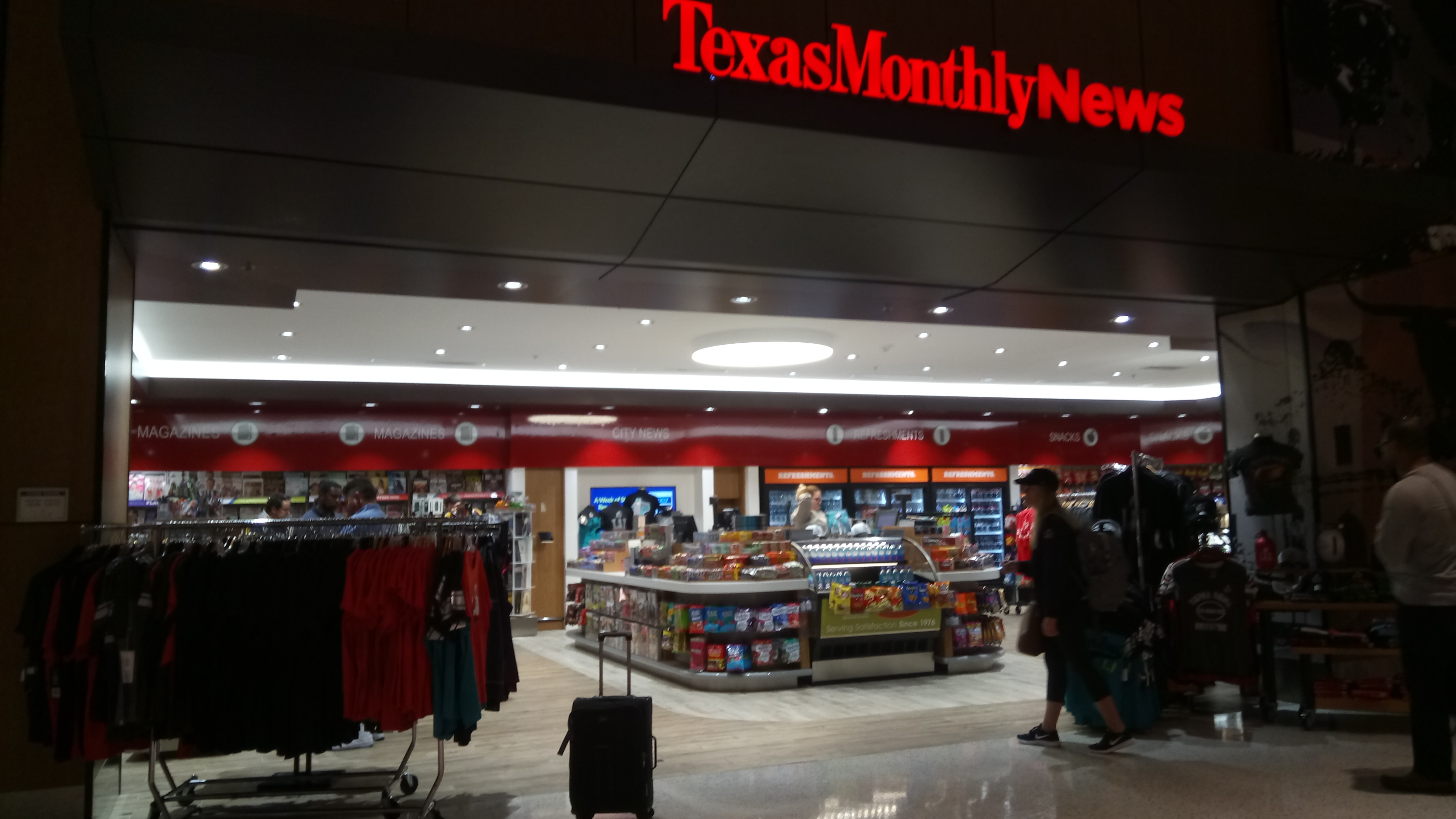|
Neighborhoods And Districts Of San Antonio
The city of San Antonio in the U.S. state of Texas is composed of a number of neighborhoods and districts, spreading out surrounding the central Downtown San Antonio, Downtown Area. Central The central area of San Antonio is highly diverse economically, ethnically, and socially. While the term "Central San Antonio" is not widely used, the notion of a greater area around the downtown core exists. Neighborhoods and districts that fall within this area are not easily categorized as part of the city's north, south, east, or west sides. City Council District 1 is a slender geographic area that covers most of the city's central area, roughly bordered by I-410 to the north, I-10 to the west and south, and I-37/U.S. 281 to the east. Alamo Heights, a separate municipality located a couple of miles northeast of downtown, is an inner suburb that is often considered central. Downtown The urban core of the city and metropolitan area, Downtown San Antonio encompasses many of the city's fa ... [...More Info...] [...Related Items...] OR: [Wikipedia] [Google] [Baidu] |
San Antonio
San Antonio ( ; Spanish for " Saint Anthony") is a city in the U.S. state of Texas and the most populous city in Greater San Antonio. San Antonio is the third-largest metropolitan area in Texas and the 24th-largest metropolitan area in the United States at 2.6 million people in the 2020 United States census. It is the most populous city in and the county seat of Bexar County. San Antonio is the seventh-most populous city in the United States, and the second-most populous in the Southern United States and Texas, after Houston. Founded as a Spanish mission and colonial outpost in 1718, the city in 1731 became the first chartered civil settlement in what is now present-day Texas. The area was then part of the Spanish Empire. From 1821 to 1836, it was part of the Mexican Republic. It is the oldest municipality in Texas, having celebrated its 300th anniversary on May 1, 2018. Straddling the regional divide between South and Central Texas, San Antonio anchors the southwe ... [...More Info...] [...Related Items...] OR: [Wikipedia] [Google] [Baidu] |
San Antonio Japanese Tea Garden
The San Antonio Japanese Tea Garden, or Sunken Gardens in Brackenridge Park, San Antonio, Texas, opened in an abandoned limestone rock quarry in the early 20th century. It was known also as Chinese Tea Gardens, Chinese Tea Garden Gate, Chinese Sunken Garden Gate and is listed on the U.S. National Register of Historic Places. It is located on the northwestern edge of Brackenridge Park, near the San Antonio Zoo. History The San Antonio Japanese Tea Garden (also known as the Sunken Gardens) in the U.S. state of Texas was developed on land donated to the city in 1899 by George Washington Brackenridge, president of the San Antonio Water Works Company. The ground was first broken around 1840 by German masons, who used the readily accessible limestone to supply the construction market. Many San Antonio buildings, including the Menger Hotel, were built with the stone from this quarry on the Rock Quarry Road. In 1880 the Alamo Cement Company was incorporated and produced cement for 26 ... [...More Info...] [...Related Items...] OR: [Wikipedia] [Google] [Baidu] |
Interstate 410
Interstate 410 (I-410), colloquially Loop 410, is an auxiliary route of I-10 around San Antonio, Texas. It is identified as the Connally Loop in honor of former Texas Governor John Connally. Route description I-410 circumnavigates the city of San Antonio, officially beginning and ending at the junction with I-35 on the southwest side of the loop. There are vast differences between the northern arc and southern arc of the loop. The northern arc serves the heavily urbanized portions of San Antonio and is currently being widened to as many as five lanes in each direction. The southern arc resembles more of a rural Interstate as it transverses, for the most part, undeveloped portions of San Antonio as a four-lane Interstate. I-410 intersects I-10 twice, I-35 twice, I-37 once, as well as U.S. Highway 90 (US 90), US 281, and State Highway 151 (SH 151), all freeways in Greater San Antonio with the exception of Loop 1604, which forms a se ... [...More Info...] [...Related Items...] OR: [Wikipedia] [Google] [Baidu] |
Alamo Heights
Alamo Heights is a city in Bexar County, Texas, United States, that is surrounded by the city of San Antonio. At the time of the 2020 census, the population of Alamo Heights was 7,357. It is part of the Greater San Antonio metropolitan area. A portion of the University of the Incarnate Word is in Alamo Heights. Alamo Heights is about north of downtown San Antonio, the urban core of the seventh-largest city in America, and is almost completely surrounded by the city of San Antonio. History The City of Alamo Heights was incorporated in 1922. Eventual growth to the north would happen later with the annexation of Bluebonnet Hills and Sylvan Hills in 1928 and 1944, respectively. Geography Alamo Heights is located at (29.482881, –98.467271). It is bordered by the following neighborhoods: Lincoln Heights to the north, Olmos Park to the west, Brackenridge Park and Fort Sam Houston to the south, and Terrell Hills to the east. All of them are districts within San Antonio excep ... [...More Info...] [...Related Items...] OR: [Wikipedia] [Google] [Baidu] |
Upper Class
Upper class in modern societies is the social class composed of people who hold the highest social status. Usually, these are the wealthiest members of class society, and wield the greatest political power. According to this view, the upper class is generally distinguished by immense wealth which is passed on from generation to generation. Prior to the 20th century, the emphasis was on ''aristocracy'', which emphasized generations of inherited noble status, not just recent wealth. Because the upper classes of a society may no longer rule the society in which they are living, they are often referred to as the old upper classes, and they are often culturally distinct from the newly rich middle classes that tend to dominate public life in modern social democracies. According to the latter view held by the traditional upper classes, no amount of individual wealth or fame would make a person from an undistinguished background into a member of the upper class as one must be born in ... [...More Info...] [...Related Items...] OR: [Wikipedia] [Google] [Baidu] |
Lower Middle Class
In developed nations around the world, the lower middle class is a subdivision of the greater middle class. Universally, the term refers to the group of middle class households or individuals who have not attained the status of the middle or upper middle class associated with the higher realms of the middle class, hence the name. United States In American society, the middle class may be divided into two or three sub-groups. When divided into two parts, the lower middle class, also sometimes simply referred to as "middle class", consists of roughly one third of households, roughly twice as large as the upper middle or managerial class. Common occupation fields are semi-professionals, such as lower-level managers, small business owners and skilled craftsmen. These individuals commonly have some college education or perhaps a Bachelor's degree and earn a comfortable living. Already among the largest social classes, rivaled only by the working class, the American lower middl ... [...More Info...] [...Related Items...] OR: [Wikipedia] [Google] [Baidu] |
White Americans
White Americans (sometimes also called Caucasian Americans) are Americans who identify as white people. In a more official sense, the United States Census Bureau, which collects demographic data on Americans, defines "white" as "[a] person having origins in any of the original peoples of Europe, the Middle East, or North Africa". This group constitutes the majority of the people in the United States, although their proportion of the overall population has been White demographic decline, gradually declining. As of the latest American Community Survey in 2023, the US Census Bureau estimates that 60.5% of the US population, or 202,651,650 people, are White alone, while Non-Hispanic whites, Non-Hispanic Whites make up 57.1% of the population. Overall, 72.3% of Americans identify as White alone or in combination. European Americans are by far the largest panethnic group of white Americans and have constituted the majority population of the United States since the nation's founding. M ... [...More Info...] [...Related Items...] OR: [Wikipedia] [Google] [Baidu] |
First Friday (public Event)
"First Friday" is a name for various public events in some cities (particularly in the United States) that occur on the first Friday of every month. These citywide events may take on many purposes, including art gallery openings, and social and political networking. American cities have promoted such events to bring people to historic areas perceived as dangerous, using the "safety in numbers" mentality to combat urban decay. In some cities this monthly event may occur on the first Saturday of each month instead of Friday or on "Third Thursdays". Additionally, these are "see and be seen" events that serve as a block party or social gathering open to the general public. Some of these events may be centered on political networking by Republicans and Democrats, but usually First Fridays are art and entertainment destinations. They may involve pub crawling, other retail establishments such as cafes and restaurants, and performances by fire twirling acts, jazz musicians, belly dancin ... [...More Info...] [...Related Items...] OR: [Wikipedia] [Google] [Baidu] |
Texas Monthly
''Texas Monthly'' (stylized as ''TexasMonthly'') is a monthly American magazine headquartered in Downtown Austin, Texas. Founded in 1973 by Michael R. Levy, ''Texas Monthly'' chronicles life in contemporary Texas, writing on politics, the Natural environment, environment, Industrial sector, industry, and education. The magazine also covers leisure topics such as music, art, dining, and travel. It is a member of the City and Regional Magazine Association (CRMA). After being sold to Emmis Communications, Emmis Publishing, L.P. in 1998, the magazine was later sold to Genesis Park LP in 2016 for $25 million, and is currently owned by Randa Williams . In 2021, ''Texas Monthly'' began expanding into video production through its acquisition of Phillips Productions, best known as the producers of ''Texas Country Reporter''. Subject matter ''Texas Monthly'' takes as its premise that Texas began as a distinctive place and remains so. It is the self-appointed arbiter of all things cultural ... [...More Info...] [...Related Items...] OR: [Wikipedia] [Google] [Baidu] |
Blue Star Contemporary Art Center
Blue Star Contemporary is a non-profit contemporary art institution located in San Antonio, Texas. It was established by a group of artists in 1986 after the success of the ''Blue Star Exhibition'', a show featuring the work of local contemporary artists in the former Blue Star Ice and Cold Storage warehouse. Blue Star Contemporary, also known as BSC, is run by Executive Director Mary Heathcott. Background Blue Star Contemporary is housed in a renovated warehouse in the Blue Star Arts Complex, a mixed-use development containing lofts, apartments, galleries, artist studios, retail stores, and restaurants. BSC is a part of the King Williams Cultural Arts District in the Southtown neighborhood and is located along the San Antonio River Walk. Blue Star Contemporary is at the center of San Antonio's First Friday Art Walk, an event that takes place on the first Friday of each month and is intended to provide "a free showcase of the art community in San Antonio." Blue Star Contempo ... [...More Info...] [...Related Items...] OR: [Wikipedia] [Google] [Baidu] |
Sandra Cisneros
Sandra Cisneros (born December 20, 1954) is an American writer. She is best known for her first novel, ''The House on Mango Street'' (1984), and her subsequent short story collection, ''Woman Hollering Creek and Other Stories'' (1991). Her work experiments with literary forms that investigate emerging subject positions, which Cisneros, herself, attributes to growing up in a context of cultural hybridity and economic inequality that endowed her with unique stories to tell. She is the recipient of numerous awards, including a National Endowment for the Arts Fellowship, was awarded one of 25 new Ford Foundation Art of Change fellowships in 2017, and is regarded as a key figure in Chicano literature. Cisneros' early life provided many experiences that she later drew on, as a writer: she grew up as the only daughter in a family of six brothers, which often made her feel isolated, and the constant migration of her family, between Mexico and the United States, instilled in her the se ... [...More Info...] [...Related Items...] OR: [Wikipedia] [Google] [Baidu] |




